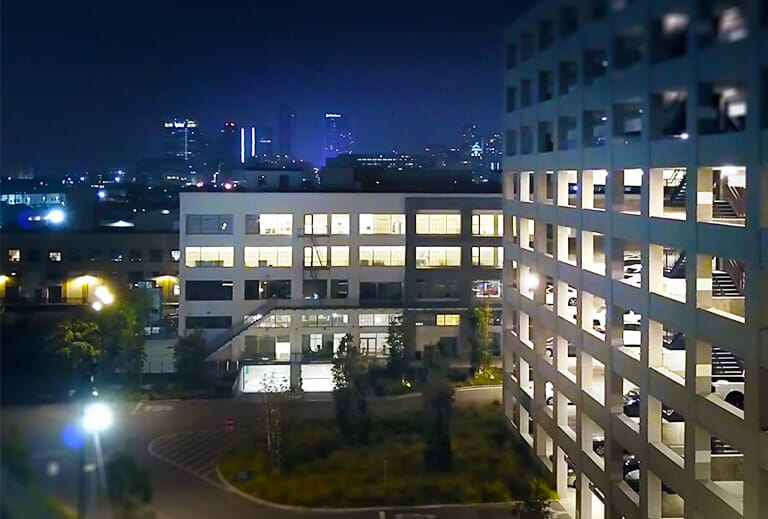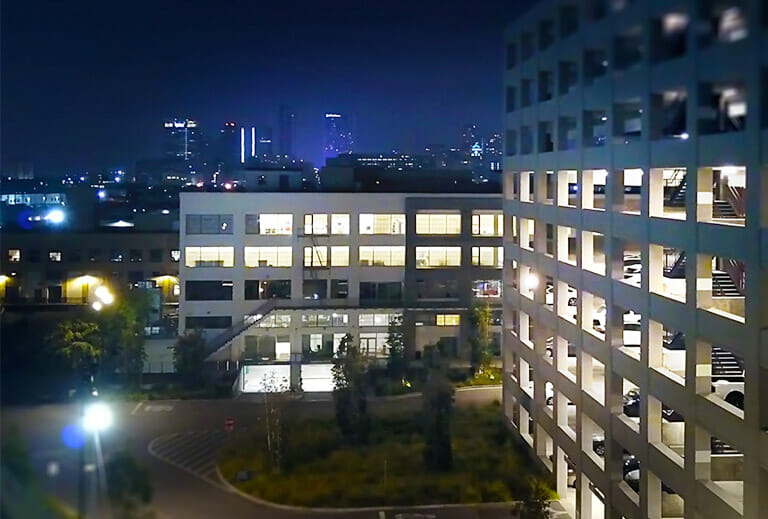Preparing for future use by thinking creatively and holistically about what the future holds for your building

Imagine a project designed to be cutting-edge, with the latest energy-efficient and cost-cutting measures spec’d into the plans. Now, imagine that by the time the project enters the construction phase, nearly all of those “cutting-edge” features are out of date.
This is a common story in real estate development, and it happened to a project that FSC worked on a few years ago. Luckily, we were able to work with the client to update the specs, replacing the fluorescent lighting that was in the original plan with energy-efficient LED light fixtures. But what about all the projects built around that time that didn’t update their plans? More than likely, by this point, they have been compelled – either by finances or by stricter energy efficiency requirements – to undertake potentially costly and disruptive retrofit projects.
The larger issue that this brings up is how to prepare for future use when designing and building new structures. We can’t predict the future, but we can certainly plan for it.
One of our favorite proponents of future-proofing is Rick Choate of Choate Parking Consultants. Rick designs parking structures that aren’t afraid to be as beautiful as they are functional. But he also designs structures that are intended to stand for decades. In addition to incorporating timeless elements into the design and creating spaces that won’t lose functionality as they age, Rick thinks about how these spaces might be used differently in the future, and that long-term thinking drives his design decisions.
For this project, designed collaboratively with FSC and Choate Parking Consultants, we worked to create a plan that would exploit the most innovative technologies available today, but we also built in options that would make it super easy for updates and additions to those technologies in the future.
The client in this case had no intention of creating a hyper-intelligent, networked parking garage, but the structure is ready for internet of things (IoT) connectivity at the flip of a switch. IoT devices are becoming more widely available and more affordable with each passing year. If the client (or a future owner of the property) decides to upgrade their systems to include connected devices like smart-lighting sensors, security cameras and Wi-Fi hotspots, they can do so without having to worry about running new wiring or installing additional hardware – they can just plug the IoT devices right into the lighting fixtures, using an innovation we call PowerPlus.
Guys like Rick are going to be ready for the future, whatever comes next. But it’s not like he has some kind of special magic that the rest of us don’t; he puts in the work, and that’s something that we can all do.
Think deeply, creatively and holistically about the spaces you are building. Think about how they are being used now, and think about all the ways they might be used a decade or 20 years from now. From your blueprints to your lighting fixtures, figure out how can you design for today and tomorrow to create spaces that stand the test of time and serve users just as well on day one as on day ten thousand and one.

